QuestionMy son is looking at buying 2 mini lop rabbits (from different homes) & breeding them. Is it easier to breed some colors more than others? We'd only be looking at full colours - & preferably blue (male) to blue (female). Does that mean the kits will all be blue? (or do some of the grandparents genetics kick in too). Or would breeding be easier with 2 different colours eg. black (male) to blue (female) - and would the kits for that be possibly 2 blacks & 2 blues. Any suggestions gratefully received (I'm trying to get as much information before going ahead & letting him buy any rabbits). Thanks, Lynne (New Zealand)
AnswerHi Lynne,
I will try to explain this so it makes sense but I have a tendency to get a little advanced so if you have anymore questions please feel free to add a follow-up.
If you want all blue babies the best chance you have is to breed blue to blue. Basically black is dominant and blue is recessive. That means that 2 blue rabbits cannot produce black babies. However if you have a black that carries blue and it is bred to a blue you have a %50 chance that each baby will be blue. That is just an average and believe me after trying to produce blues all summer I have only got 1 out of rabbits that I know carry blue.
Ok.. the parents do come into play in a few ways. If one of the parents is dilute (blue or lilac based) then those parents will automatically carry the dilute gene. If you breed a blue to a black that you know carries dilute your blues will tend to be darker which is the correct blue color. However this doesn't mean that 2 blues are going to produce poor blue color.
I will give you a quick genetics lesson, if it is to complicated just ignore me..
The genetic code goes like this
A_ B_ C_ D_ E_ (and a whole bunch of modifiers that are very confusing)
A = agouti (chestnut, chinchilla, opal, etc)
at = tan
a = self (black, blue, chocolate and lilac)
the combinations of offspring could look like this
AA Aat Aa
atat ata
aa
basically the first letter is what the rabbit looks like, the 2nd is what they carry that does not show.
B = black base
bb = chocolate base
A black rabbit can carry the chocolate gene and if it did it would be Bb, but a chocolate can not carry black or produce offspring that are black so any chocolate rabbits B allele would be bb.
C -- this gene is complicated. All you need to know right now is that C = full color and cc is albino. This means that the cc can't give anything on that allele other than albino
D = Density (D would be black and chocolate)
dd would be the dilutes of black and chocolate, blue is dilute black and lilac is dilute chocolate. This means that a blue or lilac can't produce a black or chocolate unless bred to one of those varieties
E -- the E gene is a bit complicated also. Basically the self and agouti colored rabbits are E when you start getting shaded rabbits such as tort, sable point, sallander they would be ee which again means that if both parents have the ee they can't produce any selfs or agouti's when bred together.
The big thing to remember is that each parent gives the baby only 1 gene in each series. So if you have two dilute rabbits who have the dd then they can only give the dd which means -- BINGO -- all the babies will be dilute (blue or lilac). Lilac is the most recessive of all genes and a rabbit must not only carry dilute but they must carry the chocolate gene.
Basically if you are trying for blues then breed 2 dilutes.
Now remember that all rabbits whether agouti, self or shaded are either black, blue, chocolate or lilac. Chestnuts are black, opals are blue. You can apply this principal to any of your bunnies whether you have torts, shaded, selfs or agouti's. Unfortunately I don't know all the colors that are recognized in mini lops but even though you do not live in the US you can order a book called The Standards of Perfection from the American Rabbit Breeder's Association. It tells you which varieties are excepted in all breeds of rabbits.
I know it all sounds confusing at first but once you get the basic concept it will come to you. I am always here to answer more questions. I love genetics and would be more than happy to help you out.
One more thing I want to suggest. If you are investing money in rabbits to start a good show line it is better to keep them closely related. Most breeders use an inline breeding system that helps to weed out the genetic defects and produce top quality animals. If you are able to get a father/daughter or mother/son combination this works the best. Of course you don't want to breed brother to sister but half brother and half sister often works well too.
Be sure to check the toe-nails on any dilute rabbit before you buy it. Dilutes have a tendency to get a white or lightly colored toe-nail which a disqualification from competition. I recommend that any rabbit with a lightly colored nail not be bred. You will be looking at problems down the road.
Don't forget that body and type always come before color. If you get the body and type you can add your color later.
I hope this has helped.
Sincerely,
Pam

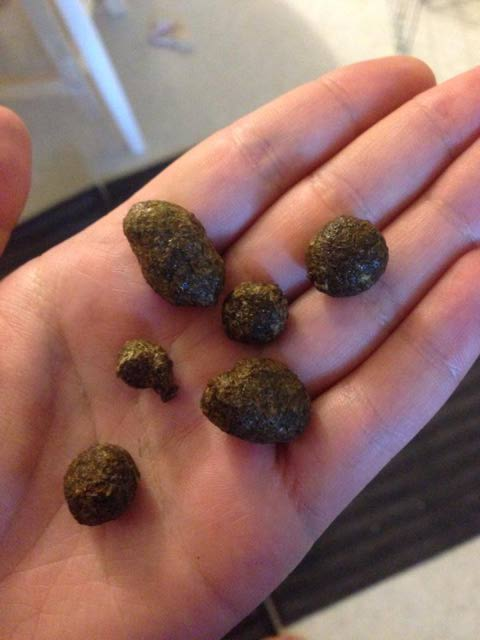 Young rabbits irregular poops
QuestionPoops
QUESTION: Hello!
Im stumped. My ne
Young rabbits irregular poops
QuestionPoops
QUESTION: Hello!
Im stumped. My ne
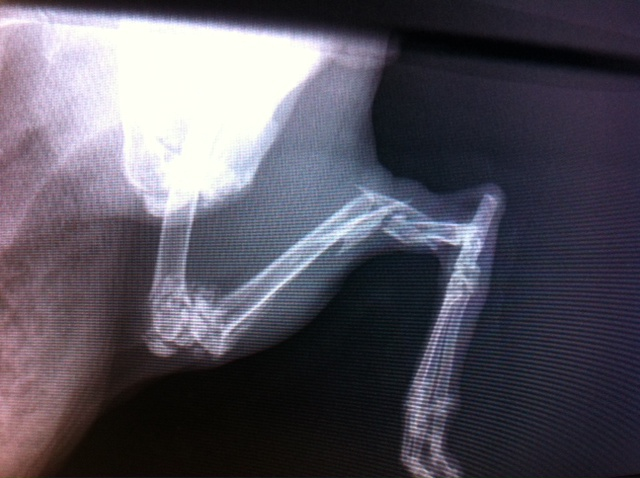 Bunny with broken leg - follow up
Question
Original Day 7
Hi Dana
Thanks for
Bunny with broken leg - follow up
Question
Original Day 7
Hi Dana
Thanks for
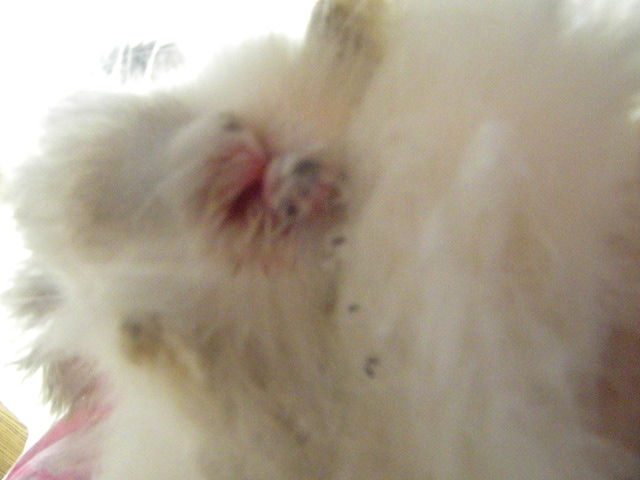 My angora rabbit has a blood blister on his lip
QuestionQUESTION: Hi, I have an English angora jr buck
My angora rabbit has a blood blister on his lip
QuestionQUESTION: Hi, I have an English angora jr buck
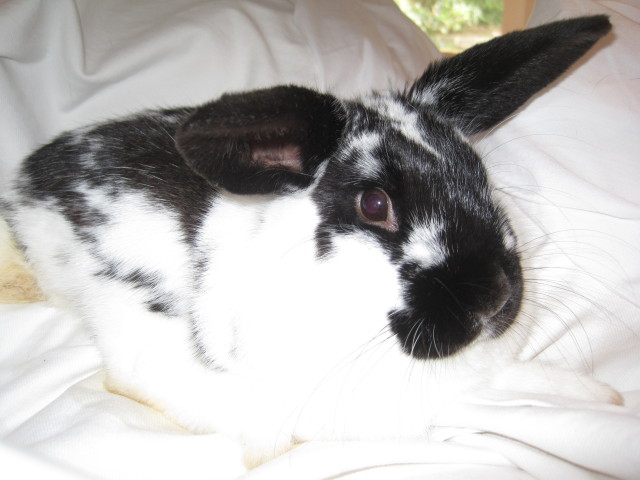 How do you know if a rabbit is ready to breed?
Question
my buck
Hi,
I have a black and white m
How do you know if a rabbit is ready to breed?
Question
my buck
Hi,
I have a black and white m
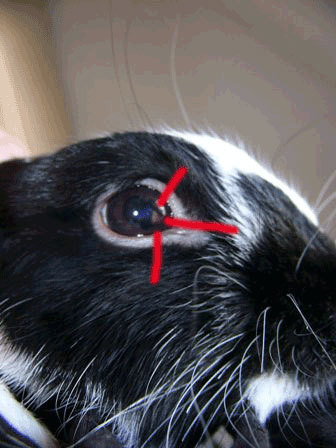 Strange spot in eye + pupil is uneven
QuestionStrange pupil + spot
QUESTION: Hello Dan
Strange spot in eye + pupil is uneven
QuestionStrange pupil + spot
QUESTION: Hello Dan